Honor has just reclaimed the crown for the world's thinnest foldable smartphone with the Magic V5, and frankly, it's about time someone shook up the foldable market with meaningful innovation rather than incremental tweaks. At just 8.8 millimeters thick when folded, this device isn't just setting records—it's demonstrating what happens when engineering ambition meets practical user needs. Honor officially launched the Magic V5 in China and is bringing it to Europe in late August, marking the company's most aggressive push yet into international markets where Samsung has long dominated.
The timing couldn't be more strategic. While Samsung prepares its Galaxy Z Fold 7 and other manufacturers scramble to keep up, Honor is positioning itself as the brand that actually delivers on the promise of truly portable foldables. This isn't just about bragging rights—it's about solving the fundamental portability problems that have kept foldables from mainstream adoption.
Breaking the thickness barrier: engineering that transforms daily use
Let's break down what makes the Magic V5's engineering breakthrough so significant for real-world usage. When unfolded, this device measures just 4.1 millimeters thick, which means you're holding something thinner than many credit cards when fully open. For perspective, Honor's previous Magic V3 measured 9.2 millimeters folded—this 0.4mm reduction represents the kind of precision engineering that requires completely rethinking internal component layouts.
Here's where the competitive landscape gets fascinating: Honor beat the Oppo Find N5 by a mere 0.1 millimeter. That razor-thin victory might seem academic, but it represents the intense innovation race driving this entire category forward. More practically, the Magic V5 weighs just 217-222 grams depending on color, making it lighter than many traditional flagship phones while offering twice the screen real estate.
What's worth noting is that Honor's record-breaking thinness only applies to the Ivory White colorway and doesn't include the camera bump thickness. It's honest marketing limitations like this that actually build trust—Honor could have buried this detail, but transparency about engineering trade-offs shows confidence in their overall achievement.
Power meets portability: solving foldables' biggest problem
Here's where Honor's engineering philosophy becomes crystal clear. The biggest complaint about foldables has always been battery life—all that screen real estate and dual-display processing traditionally meant constant charging anxiety. The Magic V5 attacks this problem head-on with a 5,820mAh silicon-carbon battery that's significantly larger than most traditional smartphones and virtually all competing foldables.
Compare this to Samsung's Galaxy Z Fold 6, which typically features a much smaller 4,400mAh battery, and you start to understand why Honor is confident about holding performance records alongside thinness records. The 66W wired and 50W wireless charging capabilities mean you're not sacrificing convenience for that ultra-thin profile—in fact, you're getting faster charging than most competitors offer.
Real-world testing suggests battery performance lasting roughly two days of typical usage, which fundamentally changes how you think about foldable ownership. Instead of being a premium device that requires charging compromises, the Magic V5 becomes a legitimate daily driver that happens to offer extraordinary versatility.
The silicon-carbon battery technology enabling this achievement represents the kind of materials science advancement that makes other manufacturers' excuses about battery constraints seem outdated. It's the difference between accepting limitations and engineering around them.
Display excellence meets real-world durability
The Magic V5's display configuration demonstrates Honor's understanding that specifications mean nothing without practical usability. The 7.95-inch inner LTPO OLED display reaches an industry-leading peak brightness of 5,000 nits, while the 6.43-inch outer display matches those brightness levels. What this means in practice: you can actually use this phone outdoors in direct sunlight without squinting or seeking shade.
The durability story tells us even more about Honor's long-term thinking. The Super Steel Hinge rated for over 500,000 folding cycles isn't just about meeting warranty requirements—it's about creating confidence that this device will survive years of daily folding and unfolding. The IP58 and IP59 ratings for dust and water resistance mean you're not carrying a delicate piece of technology that needs babying.
Perhaps most intriguingly, the main folding display includes a non-Newtonian fluid layer that remains flexible during normal use but hardens under impact. It's the kind of smart materials application that shows Honor thinking beyond just making things thinner—they're making them more resilient in the process.
Camera excellence in an impossibly constrained space
The camera system reveals the most impressive engineering compromises in the Magic V5. Honor managed to pack a triple-camera system with a 50MP main sensor, 64MP periscope telephoto with 3× optical zoom, and 50MP ultrawide into that record-breaking thin frame. The reality check comes with the camera bump, which protrudes almost as thick as the phone itself—but that's the honest trade-off for serious photography capabilities.
The processing power comes from Qualcomm's Snapdragon 8 Elite chip, paired with up to 16GB of RAM and configurations reaching 1TB of storage. Honor has also integrated custom connectivity and power efficiency chips, demonstrating the level of system optimization required to achieve flagship performance in such physical constraints.
Beyond hardware, the Magic V5 runs MagicOS with AI features that actually enhance productivity rather than just adding novelty. Honor's Yoyo assistant can interact with other AI models to create presentations and even coordinate ride-hailing across multiple apps in China—the kind of contextual intelligence that makes the expanded screen real estate genuinely useful.
Market disruption with staying power
Honor's achievement with the Magic V5 extends far beyond winning specification battles. The company has tripled its European market share from 11% to 34% in the book-style foldable segment, directly challenging Samsung's long-held dominance through superior engineering rather than just aggressive pricing. While foldables still represent less than 2% of the overall smartphone market, Honor's approach suggests we're seeing the maturation that could drive mainstream adoption.
The pricing strategy reinforces Honor's confidence in their engineering advantage. At around $1,000-$1,300 depending on configuration, the Magic V5 undercuts Samsung's offerings while delivering superior specifications across battery life, display brightness, and form factor. More tellingly, Honor seems confident it will hold the thickness record for some time, suggesting the company has additional innovations in reserve rather than just winning by millimeters.
The broader implications reach beyond Honor versus Samsung. If a company can deliver flagship-level performance, exceptional battery life, and serious camera capabilities in a package this thin and light, it raises fundamental questions about what we've been accepting as necessary compromises in smartphone design. Samsung's response with the Galaxy Z Fold 7 will be telling, but more importantly, we're likely to see this engineering achievement drive improvements across the entire foldable category and potentially influence traditional smartphone design as well.
Bottom line: Honor's Magic V5 isn't just the world's thinnest foldable—it's proof that the compromises we've been told are inherent to advanced smartphone design are actually just engineering challenges waiting for the right solutions. That's the kind of breakthrough that doesn't just win market share; it moves entire product categories forward and changes user expectations permanently.




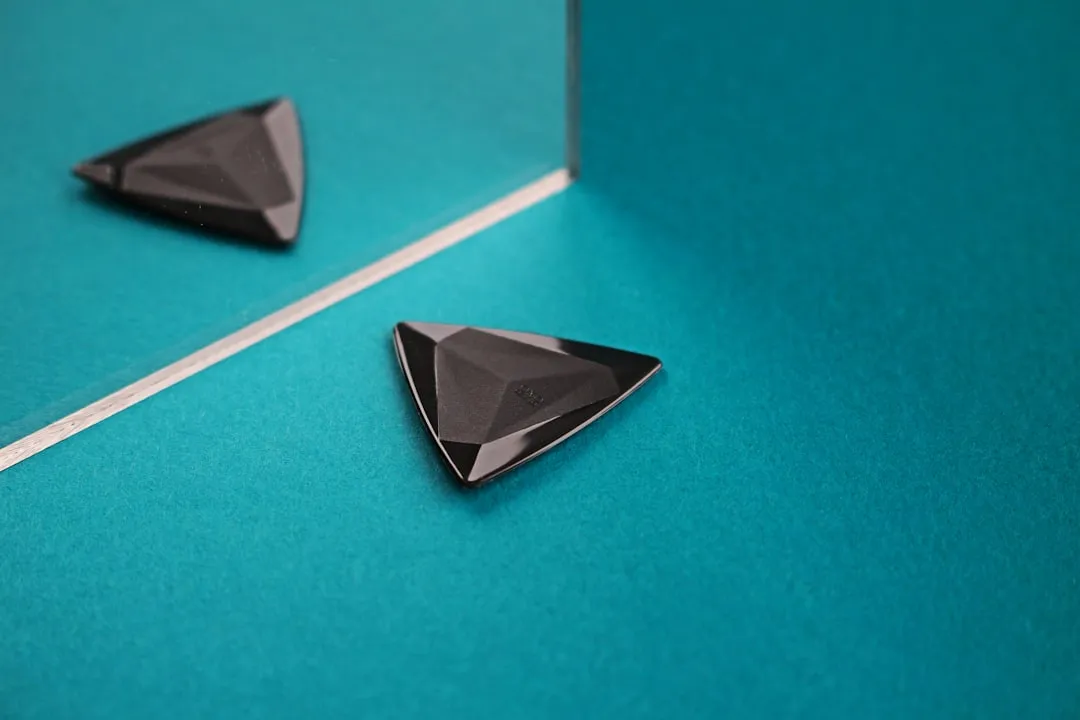
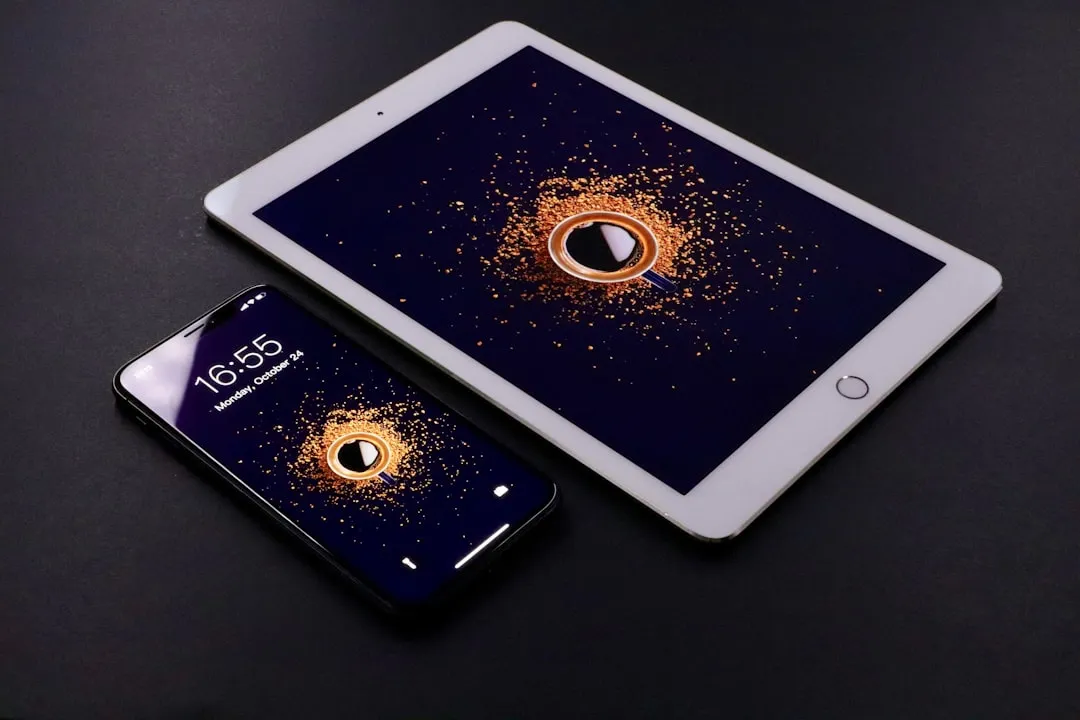
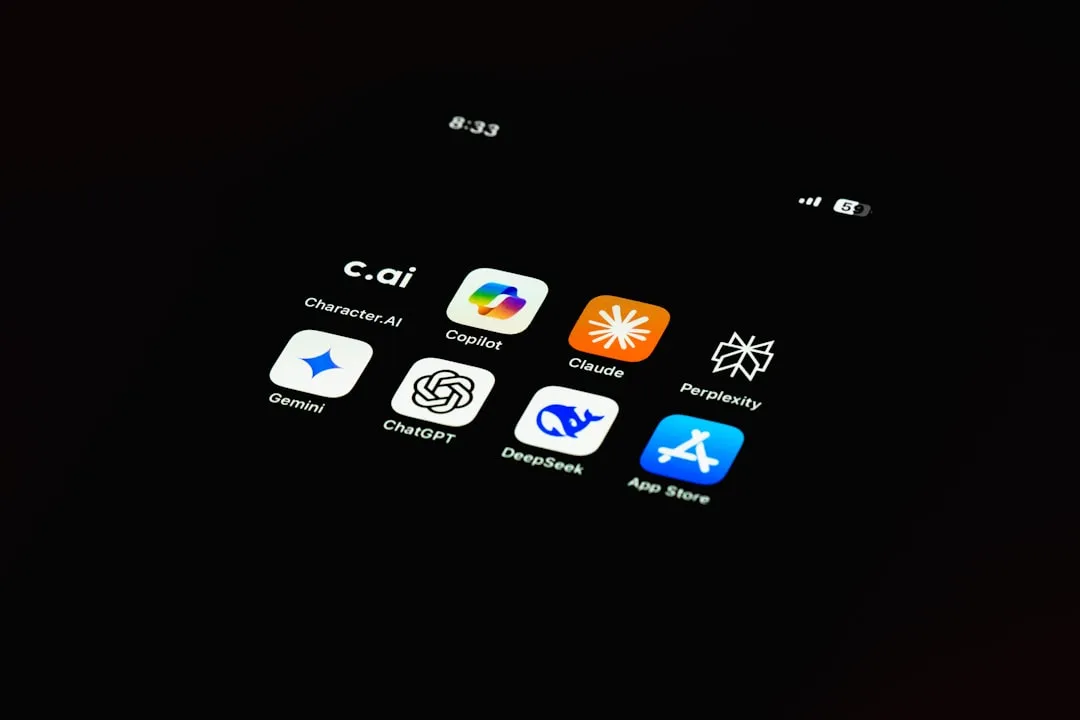

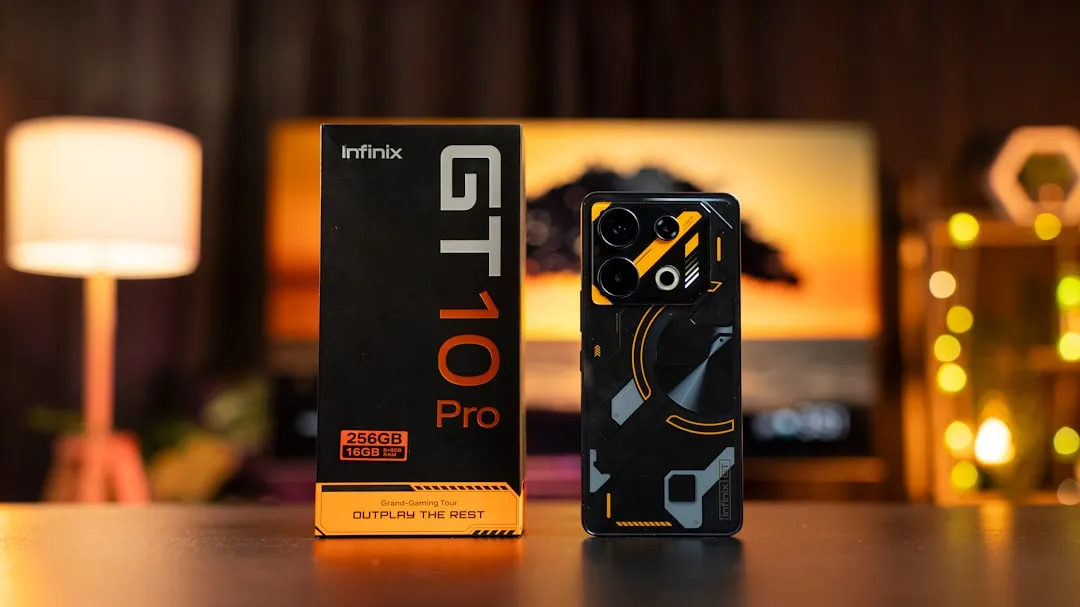




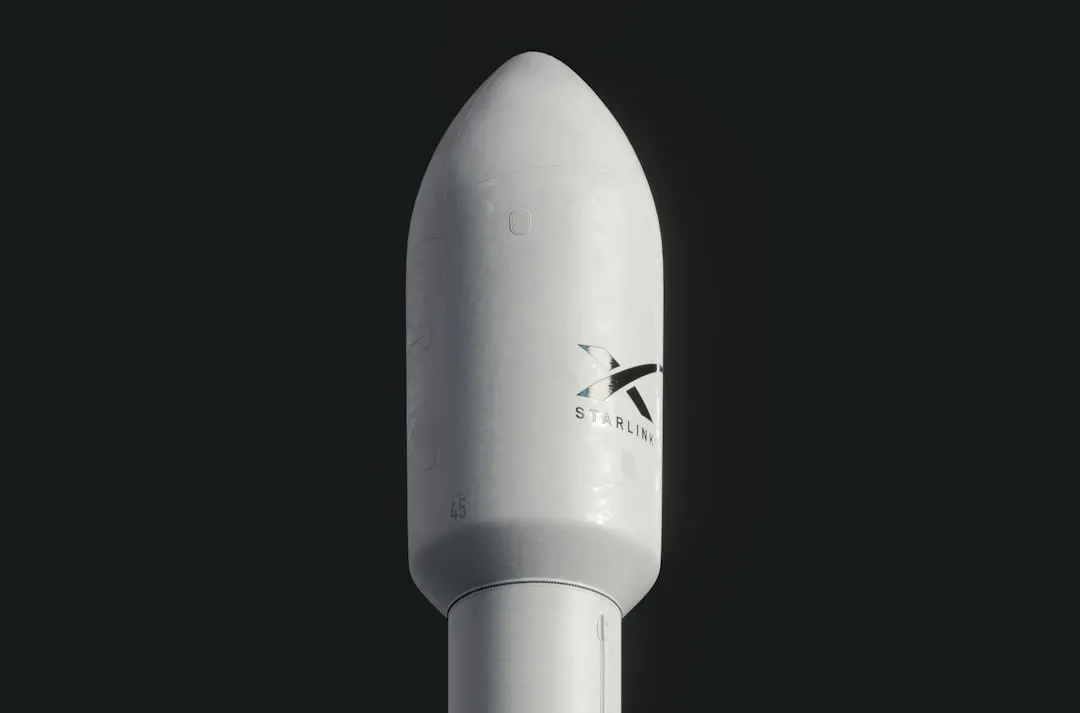
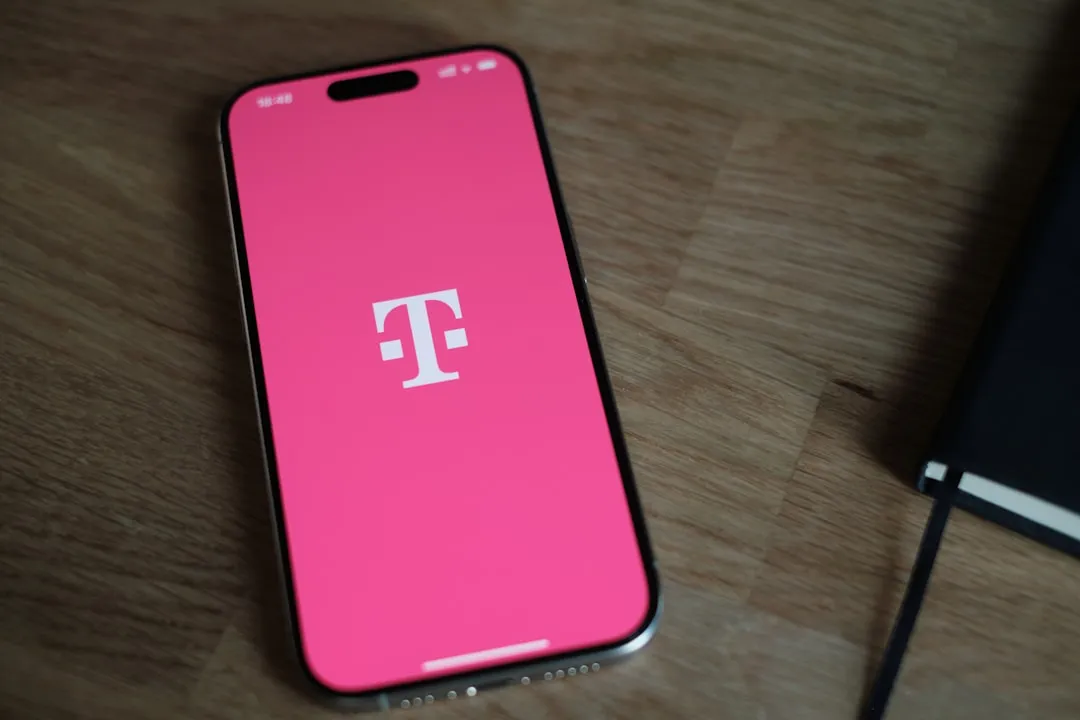
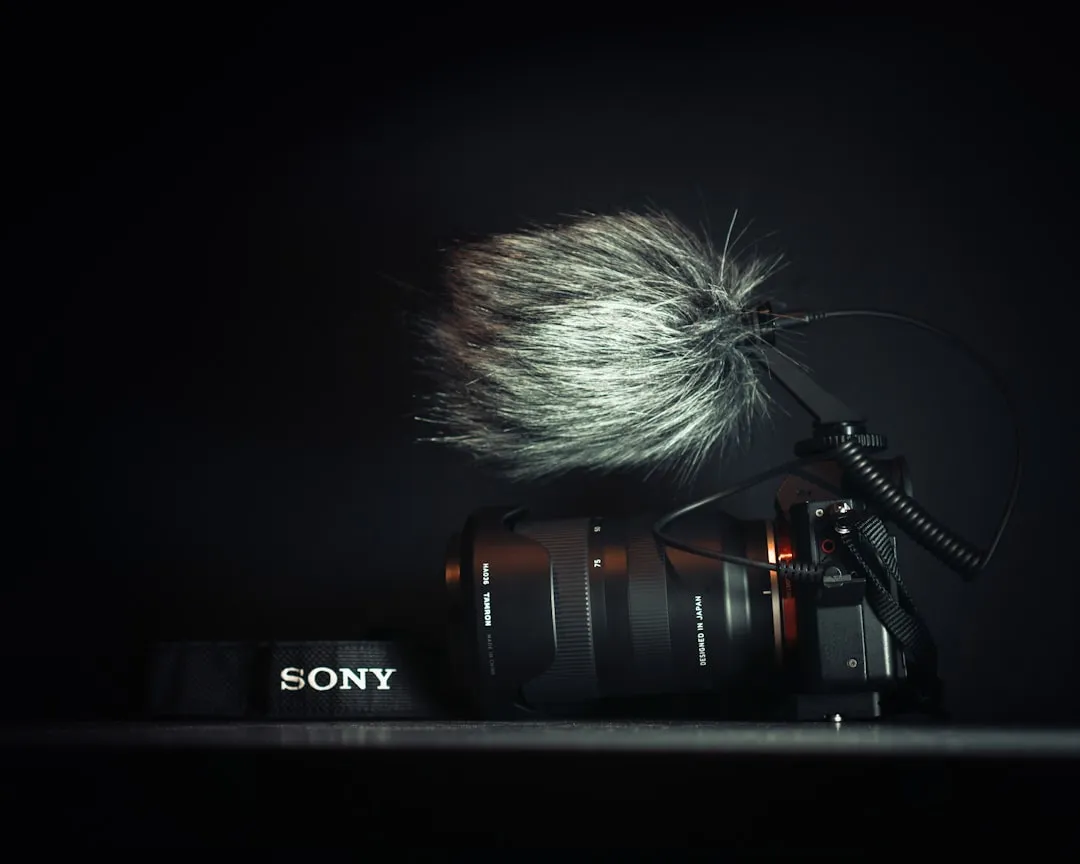

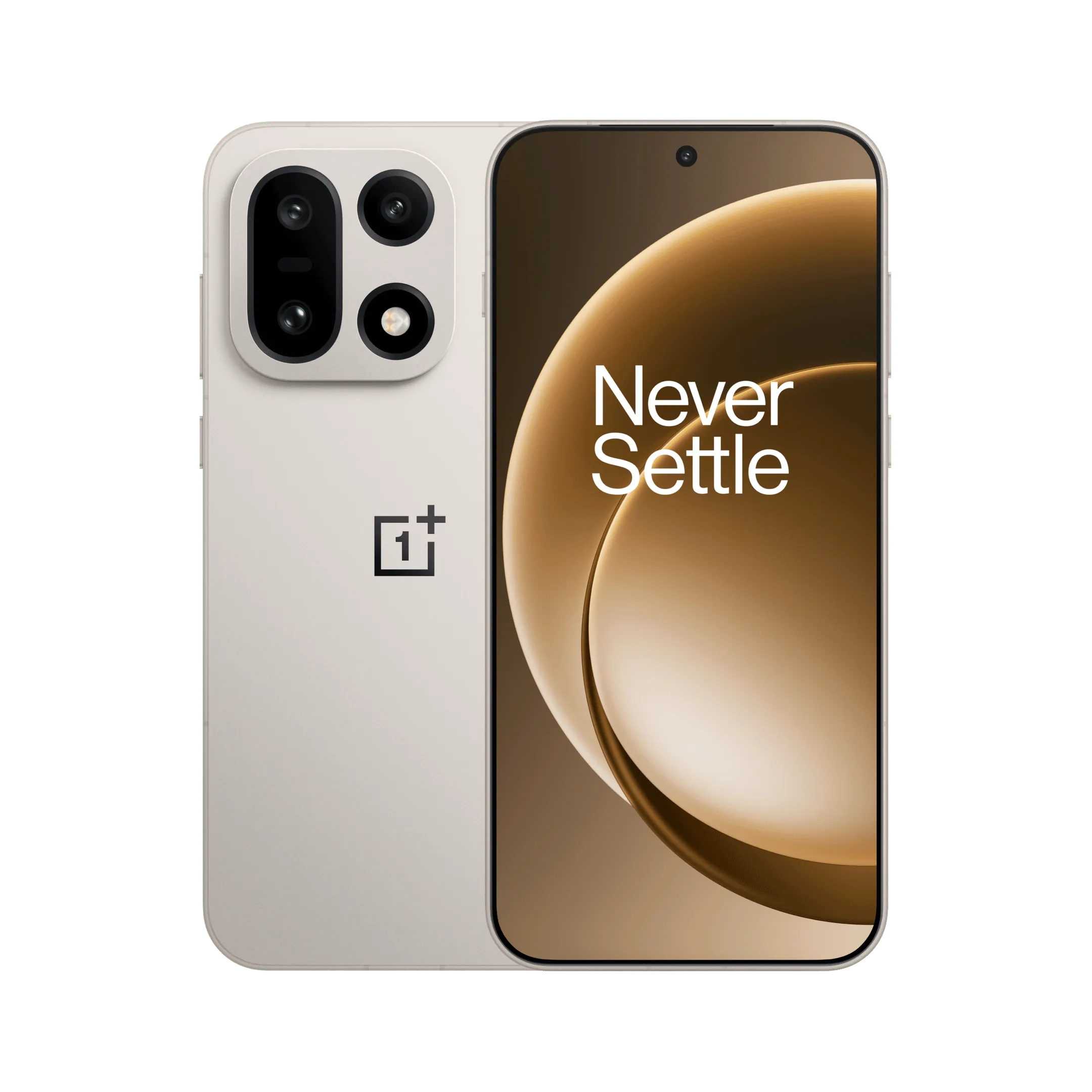


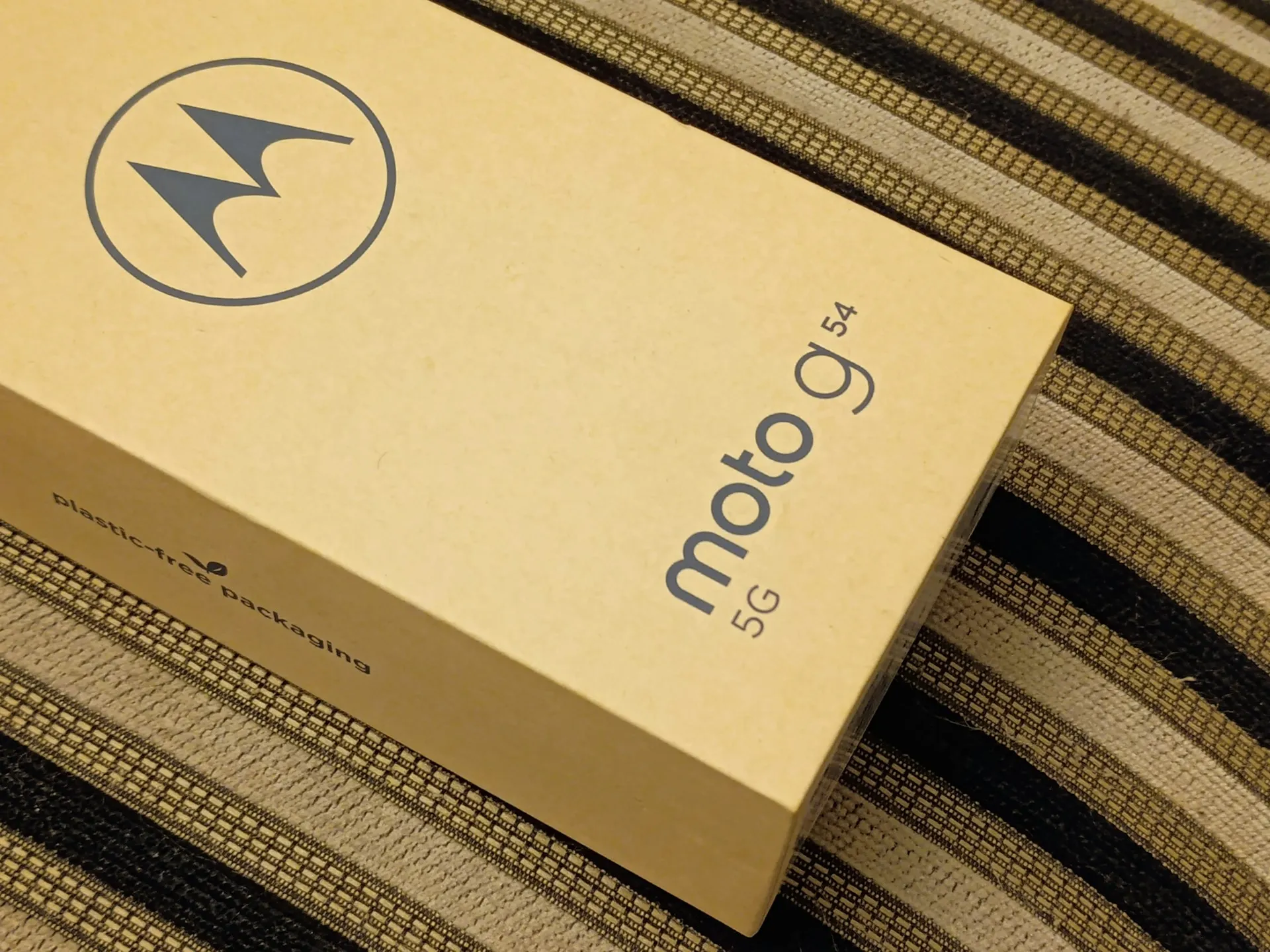

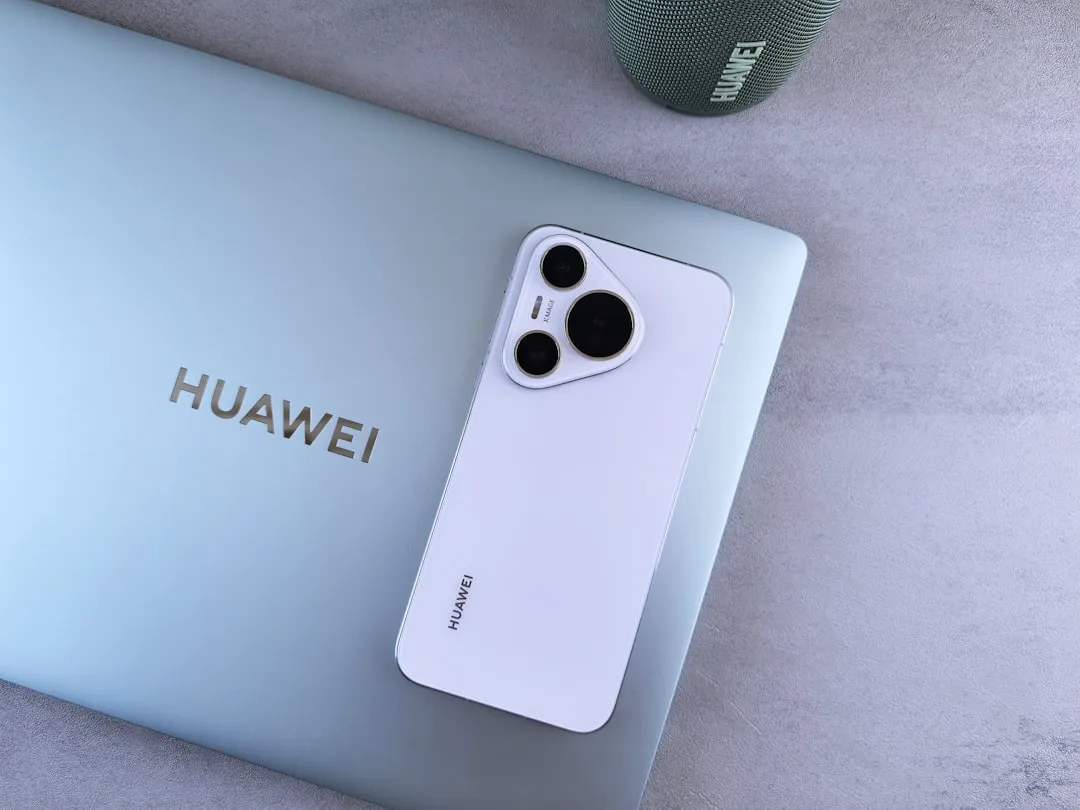

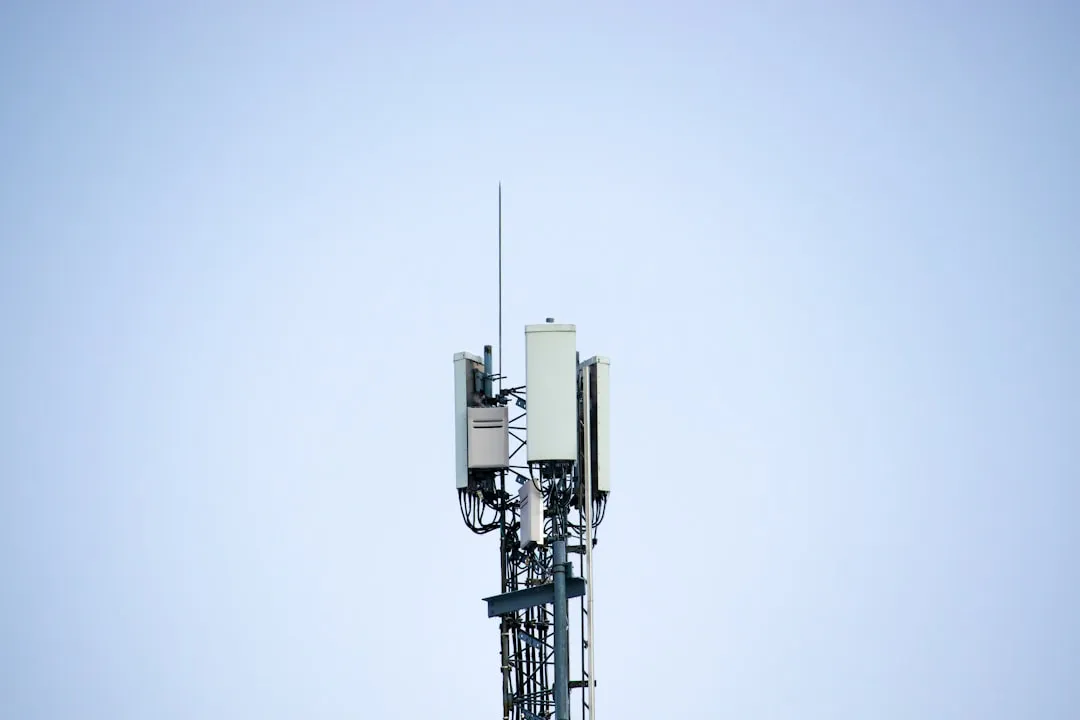
Comments
Be the first, drop a comment!